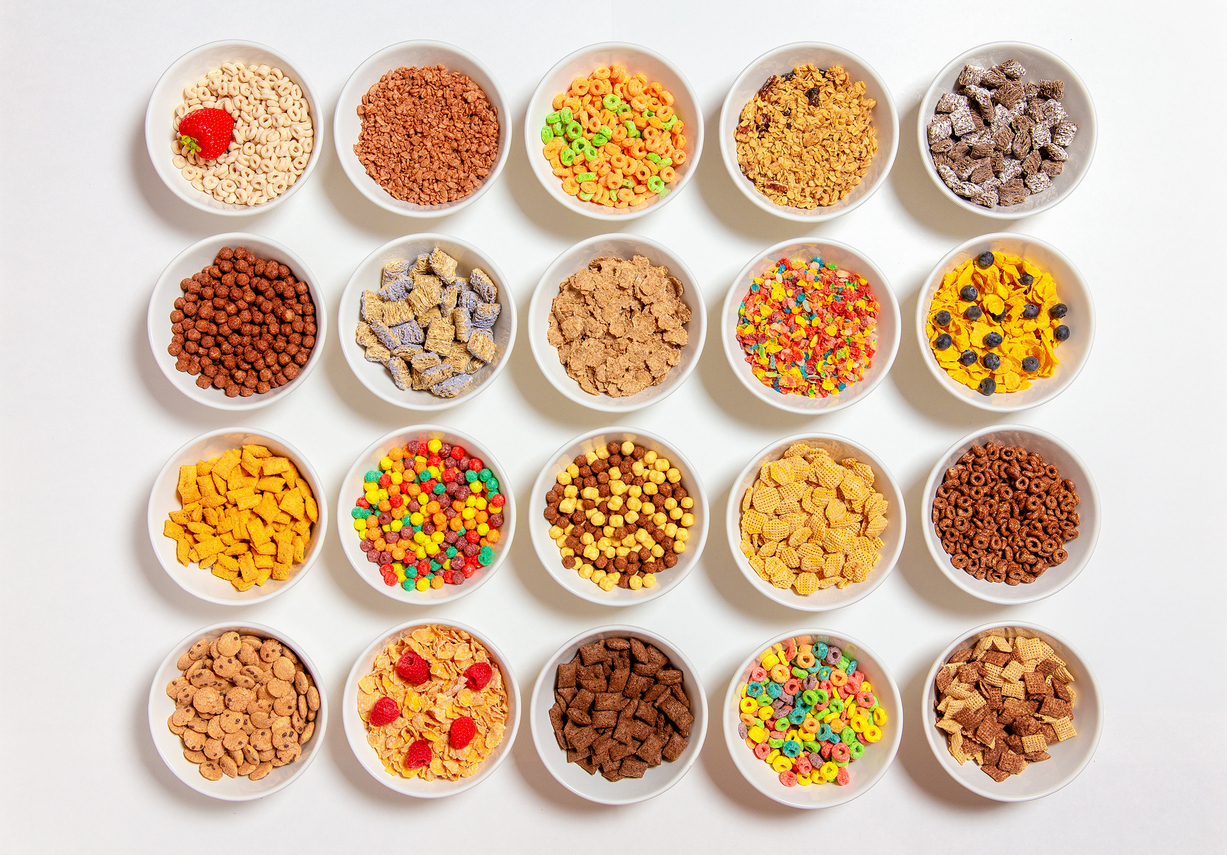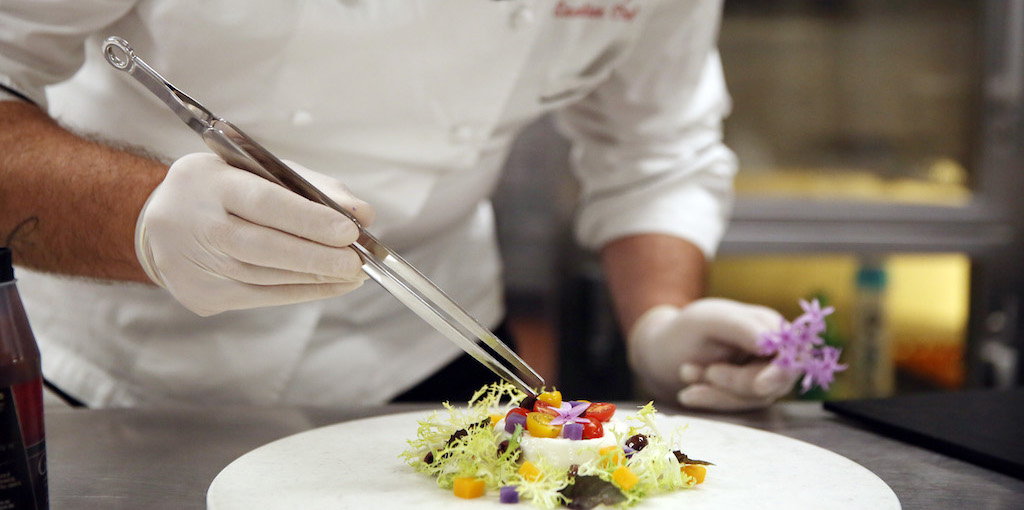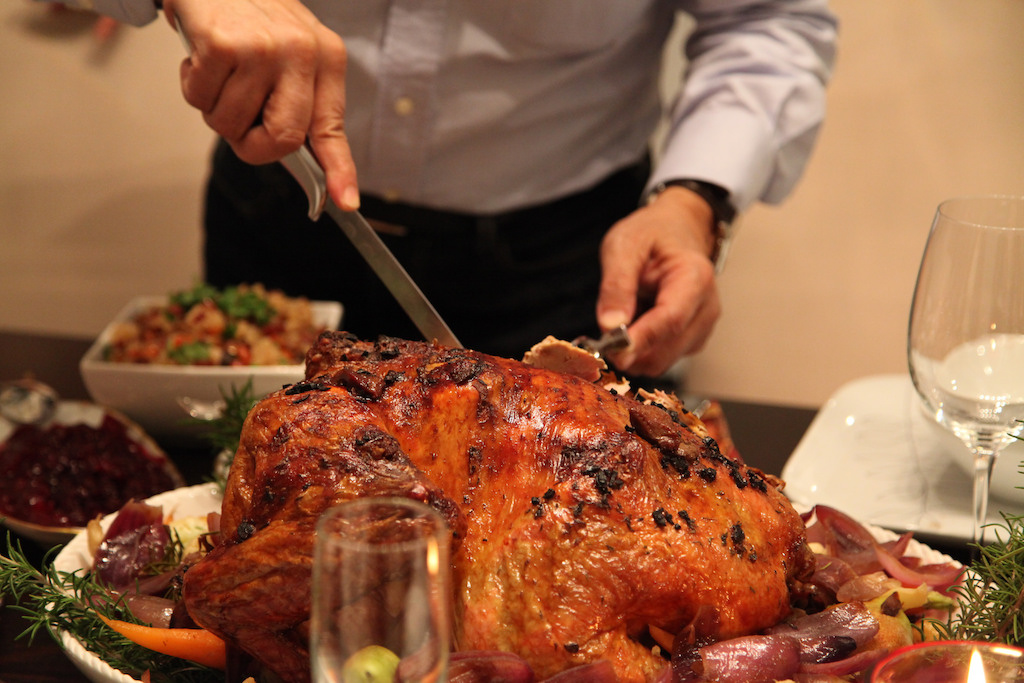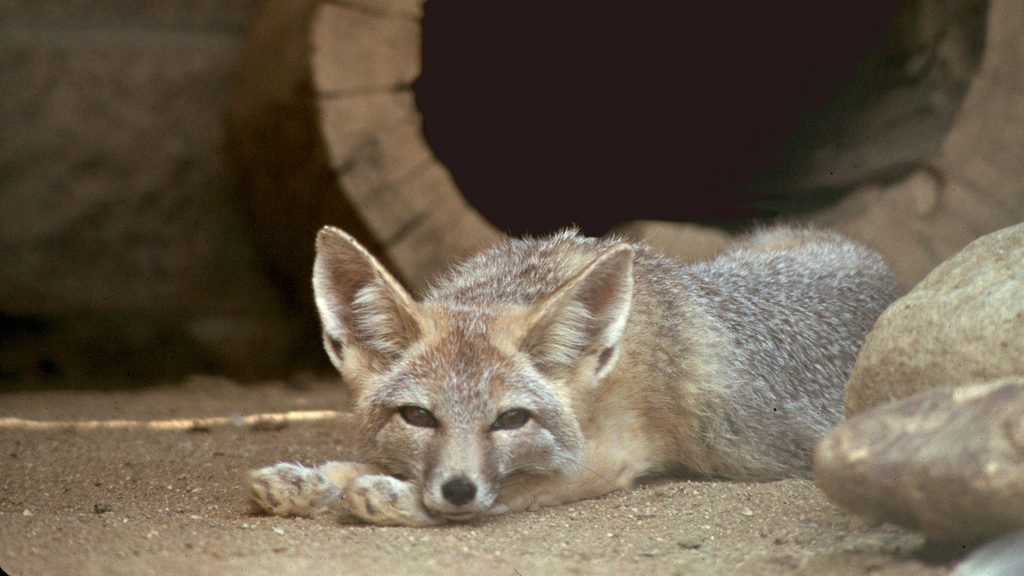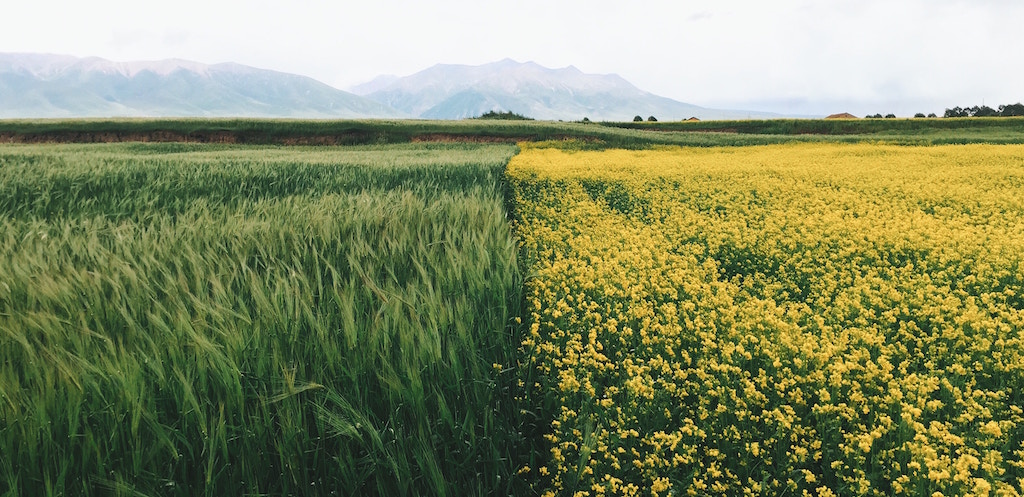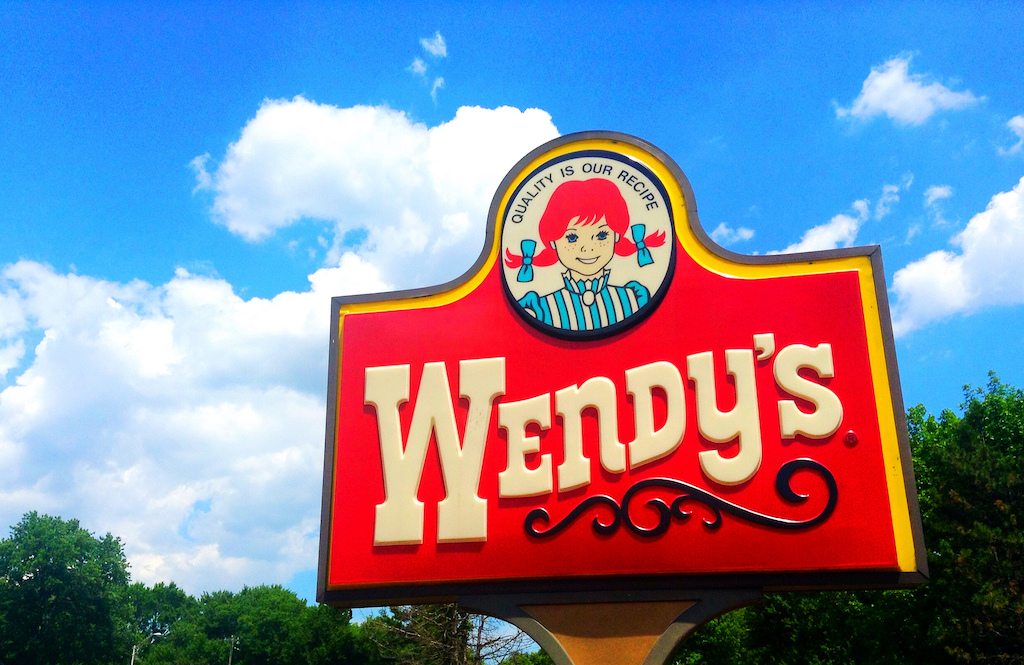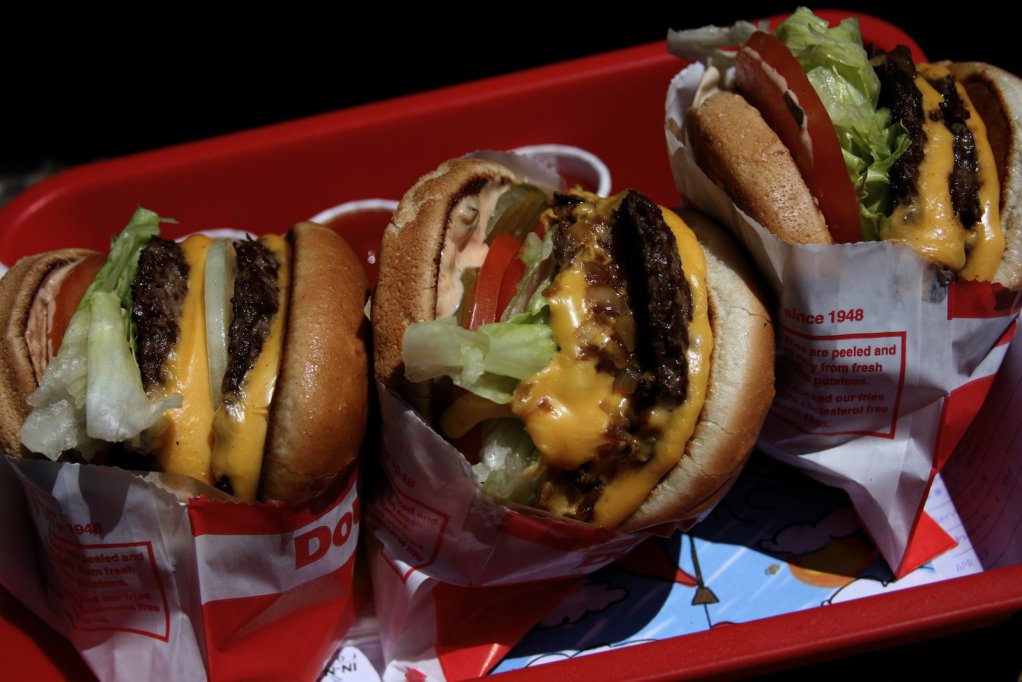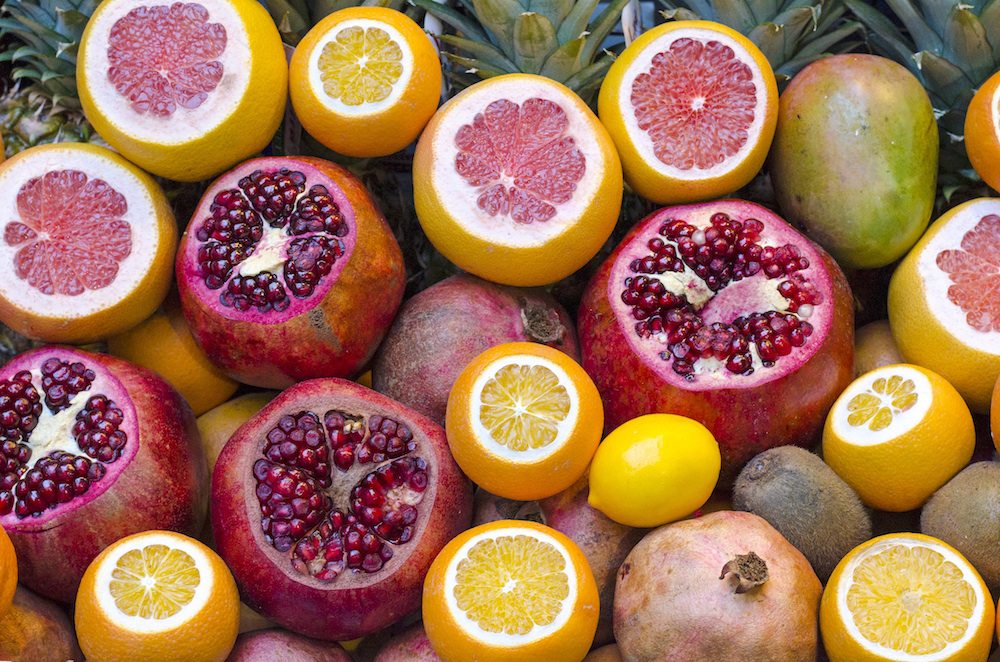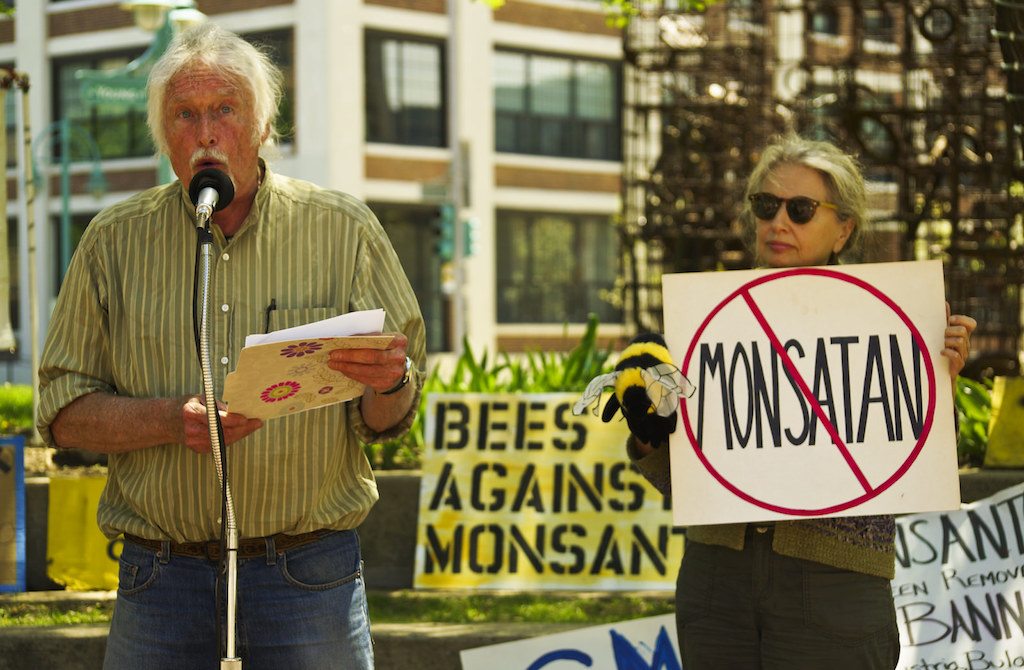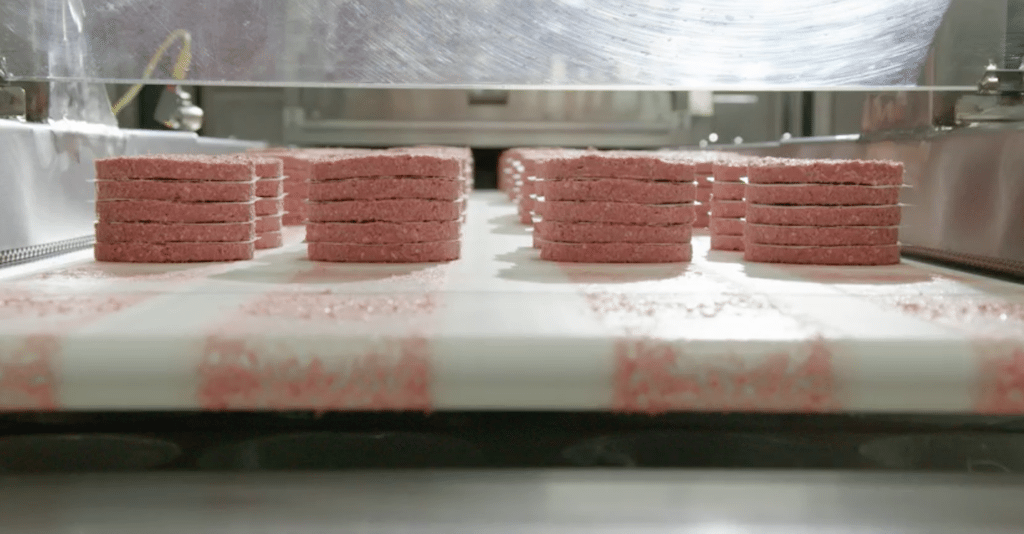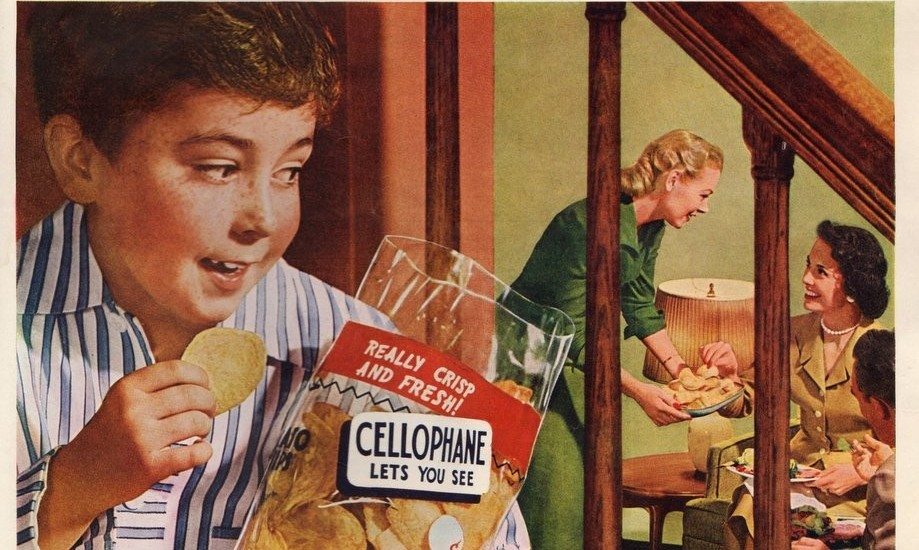Most breakfast cereals are mass-produced, part of an $8.5 billion market controlled by four giant companies. There’s not a ton of variety—the baseline ingredients are generally some type of grain and a sweetener. There are options, but not many distinct choices. But according to a new study issued by the Union of Concerned Scientists, breakfast cereals do have significant, material differences—namely, some are less harmful to the environment than others.
The Washington, D.C.-based nonprofit has long advocated for alternatives to the big business of agriculture, which it characterizes as an industrial system that’s bad for the planet. Recently, UCS has taken up the mantle of regenerative agriculture, the emerging, catch-all term for a number of farming techniques that improve soil health, from planting cover crops to reducing tilling.
To assess its environmental impact, UCS analyzed some of the country’s most-popular corn- and oat-based cereals, and estimated the amount of grain and farmland acres needed to make them every year. Then, using research from Iowa State University on the benefits of crop rotations—that is, incorporating oats or alfalfa into corn and and soy production—the group estimated the cost of producing that cereal in a more environmentally friendly manner.
So what did the research find? If you want to eat with an environmental conscience, stay away from cereal that has corn as the main ingredient. That’s Corn Flakes and Frosted Flakes, Corn Chex and Corn Pops, but also Froot Loops, Kix, and Trix. Why’s that? Because farming corn releases nitrates into drinking water, and the manure and fertilizer that grow the crop can seep into bodies of water, creating algal blooms. Runoff from farms in Iowa, where more corn is planted than anywhere in the country, is behind the enormous “dead zone” in the Gulf of Mexico.
So what’s the alternative? Potentially, to go with cereals like Honey Bunches of Oats, Lucky Charms, and Cheerios (both regular and honey nut), that have oats as their primary ingredient. When oats are planted as a cover crop—that is, planted when the main crops, corn and soy, aren’t growing—they’re good for soils. As the authors point out, a long-running Iowa State University study shows that an oat rotation dramatically reduces erosion and runoff.
Right now, that’s something of a niche practice. Oats used to be a major American crop, popular on farms as a horse feed. That changed in the 1950s, as tractors and trucks replaced horses. Since then, acreage has declined every year. Don’t let oat milk’s viral popularity fool you. Today, American farmers grow the grain at only a fraction of the rate of corn, and to a lesser extent, wheat. Canada, Russia, and Europe dominate the global market, while the few American growers struggle to find buyers, even at mills in their own backyard. Overall, 61 percent of the oats used in America are imported, according to a study appendix.
Here’s the thing about breakfast cereal—it’s not a significant driver for grains. Kellogg’s needed only around 13,000 acres of corn to make a year’s worth of Frosted Flakes, according to estimates in the study, while General Mills needed 61,000 acres for all the grain in Honey Nut Cheerios. Those are small slices of farmland, but they produce, more or less, enough for around 10 million Americans to have one serving of cereal every day. Small land—big reach. Also, 9 out of 10 Americans eat breakfast cereals “once in a while,” the study finds. It’s popular.
Let’s say General Mills committed to buying all of its oats for Honey Nut Cheerios from those farmers. That would result in a big drop in emissions of nitrous oxide—akin to taking over 5,000 cars off the road, the nonprofit claims—and $5 million in avoided costs of cleaning up farm runoff in freshwater. And if Post made the same commitment for Honey Bunches of Oats, together, those benefits could more than double.
Those companies are, to some extent, already playing ball. Last year, General Mills to introduce a cereal made from an obscure, soil-enriching grain called kernza that, theoretically, would have saved the planet. That failed, but the cereal giant, which already sources a small amount of organic grains, has pledged to buy more grains from regenerative farmlands.
It remains to be seen if the big cereal companies will continue to pursue alternate grains and regenerative ag initiatives. Perhaps they’ll even start using sustainability as an advertising edge: “Our competitor, Lucky Charms, doesn’t support crop rotations!”
